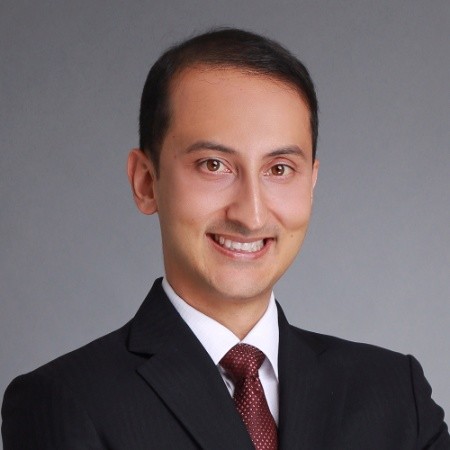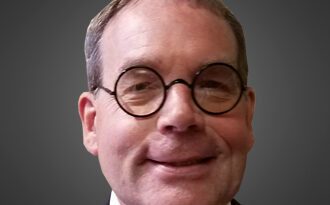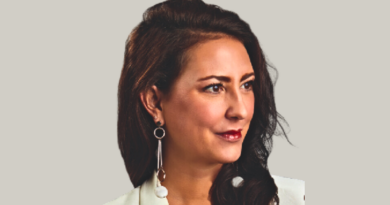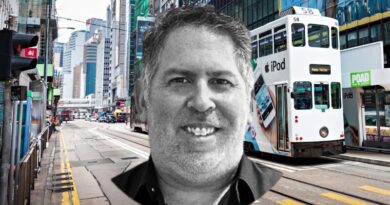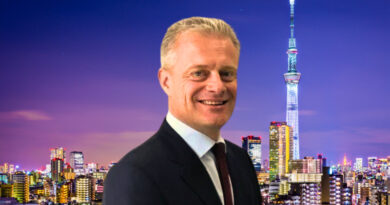Ashvin Murthy: “The biggest challenge was learning about the non-investment side”
Ashvin Murthy founded the AVM Global Opportunity Fund in 2016. Prior to setting up the fund, Ashvin had a career in banking, mainly trading FX options, at Natixis and UBS. The Columbia University graduate started his career as a Policy Analyst at the Ministry of Finance in Singapore. Hedge Funds Club’s Stefan Nilsson checked in with Ashvin to find out about the challenges in launching a fund and what keeps him awake at night.
It’s been some five years since you left the banking world to run your own fund. What has been the biggest challenge for you and your fund so far?
The biggest challenge from the start was learning about the non-investment side of the business. While I was comfortable trading, I had to get myself familiar with legal and compliance, investor relations and operations. It was a steep learning curve and I had to transition from a pure trading role to a more entrepreneurial role trying to build and manage the business. Now that the fund has grown, and we’ve made the right hires to focus on different parts of the business, things are a lot more ‘smooth sailing’.
Your fund strategy combines fundamental research with a systematic investment process. How did you develop the investment strategy?
Most investors suffer from cognitive bias, and this tends to negatively impact their returns over time. I wanted to build a strategy that would reduce this bias, and be able to work through different volatility regimes. We decided to measure the performance of a large pool of financial assets during different economic regimes to see whether there were consistent patterns over time. If we found a pattern, this instrument would become part of our pool of tradable assets as long as there was enough liquidity in these instruments to weather periods of market stress like March last year. Once we’ve selected trades to put in our portfolio based on the trajectory of macroeconomic indicators, we use a proprietary model to systematically trade around core positions with hard stop losses. We make no exceptions to this process as it allows us to reduce the volatility of our returns and it protects us from big drawdowns.
You are active in the global macro space. Have you had to adjust your previously held assumptions of how world markets behave now that we have seen many sudden and some unexpected changes due to the global pandemic, new US leadership, geopolitical events, natural disasters and so forth?
It has been an eventful five years since the fund was launched in November 2016, right after Trump was elected. We’ve been through numerous bull and bear markets in that short period, and volatility regimes have kept changing. While our macro model continuously incorporates incoming data to update the correlations between asset prices and macro indicators, we haven’t seen any major changes during this period. What this tells us is that despite the numerous issues you mentioned above, the tried and tested relationships between financial assets and macro regimes have not changed much, and it’s important to separate the facts from the feelings. What we have noticed however is that the amount of liquidity provided by market makers has not kept up with the large increase in assets under management. This has led to more frequent outsized moves in asset prices like flash crashes, and it is often followed by a quick period of mean reversion. We have adapted by using options to hedge our portfolio more, as this prevents us from getting stopped out on good trades when there is a liquidity event.
What is your biggest worry (which may also be an investment opportunity) for your portfolio right now?
We are closely monitoring the crackdown on the tech and property sectors in China, which have started to pick up pace in the past couple of months. In such a large country, where regulations are intertwined and complex, change needs to happen gradually so that companies and individuals have time to adjust to the new normal. With close to 100 new regulations introduced over the past year as part of this campaign, both financial markets and business sentiment have been struggling. If it continues at this pace for too long, the economic impact may end up being much larger than expected, and no amount of monetary stimulus would be enough to prevent a collapse in the system.

